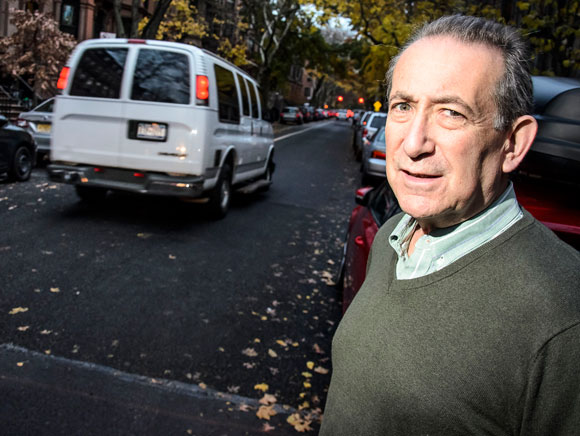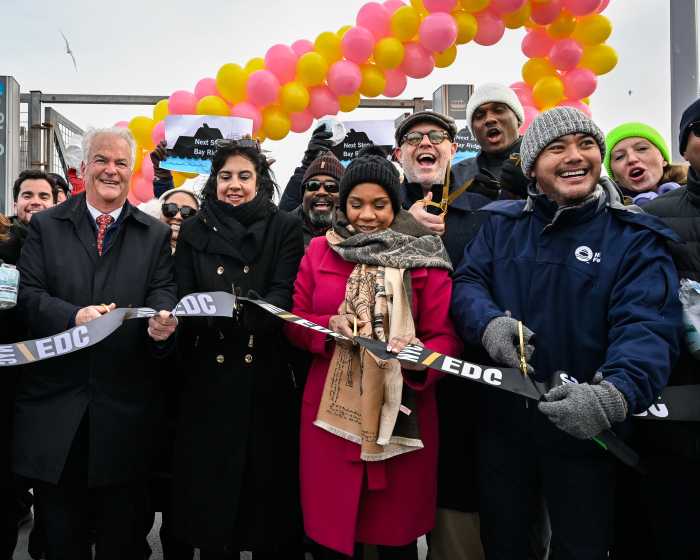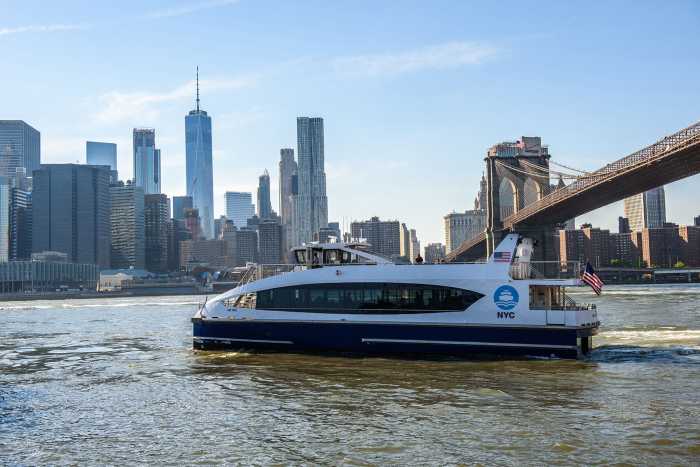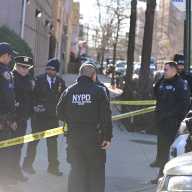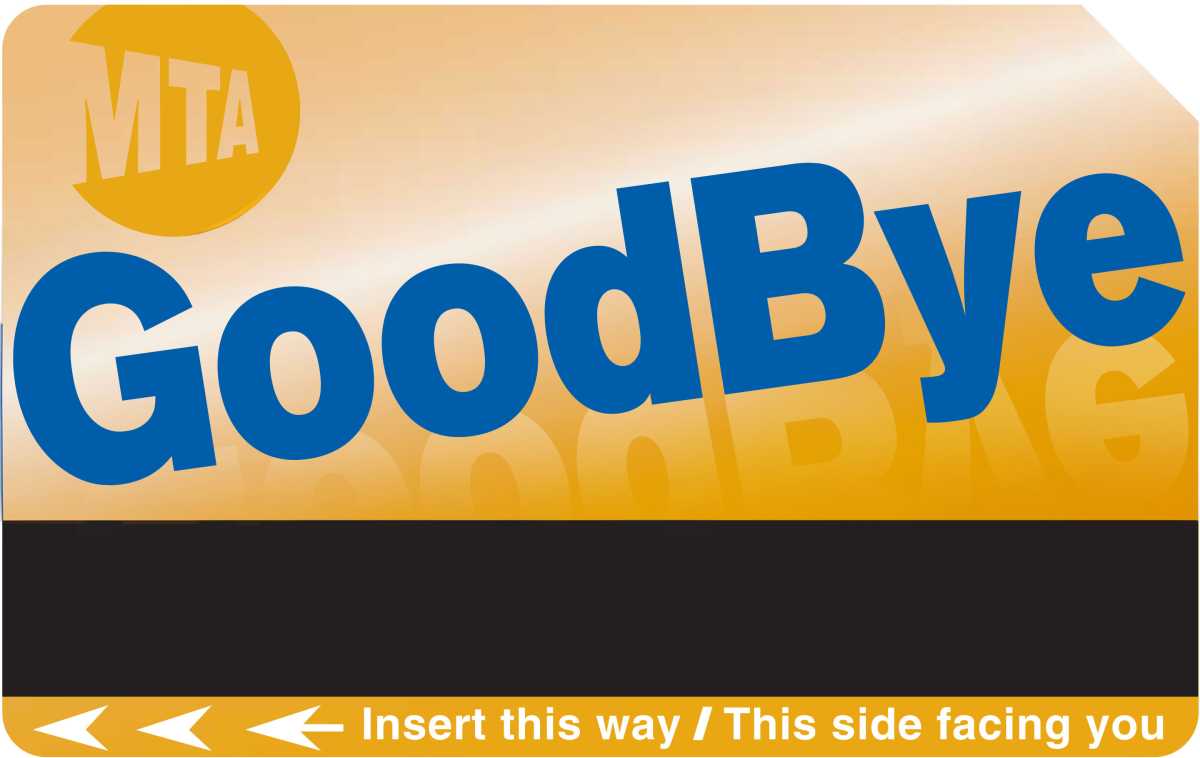It has been a bumpy ride for Slopers who awoke last week to find that a set of speed humps that they thought were gone for good had reappeared.
The pair of safety swells returned on Thursday and neighbors say that cars hitting the hated humps shake their houses and rattle their nerves — and that the city should not have put them there in the first place.
“If there was a school nearby, there would be a good reason, but there’s no good reason,” said retiree John Casson, who is demanding that the Department of Transportation remove the fresh asphalt lumps. “For those of us who feel our houses shaking, it’s a real annoyance.”
Casson and others who live on Berkeley Place between Seventh and Eighth avenues dispute the very traffic-calming premise of the protuberances, saying that they do not slow cars but instead only serve as noise-making ramps for speed demons gunning it to make the light at the Eighth Avenue end of the one-way street.
The hump haters do not deny that speeding is a problem in Park Slope but say that it makes no sense to put big bumps on their block while leaving the one between Fifth and Sixth avenues, which is home to a school and a playground, flat as a pancake on a drag strip.
“I am confused as to why speed bumps were ever placed on this block in the first place,” said Daniel Perlov, a Berkeley Placer who filed a complaint with the Department of Transportation. The activists are circulating a petition calling on the department and local politicians to erase the new paving job, and so far they say they have 44 signatures, but their complaints are likely to fall on deaf ears because not only did the neighborhood’s Community Board 6 approve the 2009 installation of the first set of humps, but it came as a result of block residents documenting speeding and formally requesting them, according to a transportation department spokesman. Nor does there appear to be much support in surrounding Park Slope.
Three civic groups, including the community board, applied to the city’s transportation department in 2011 to make the whole neighborhood an official Slow Zone and, although the transportation department rejected the bid, one Berkeley Place resident wrote in the application that the original speed humps on the street helped to discourage the parade of autos that the author said uses it as a Grand-Army-Plaza-bound alternative to nearby Union Street, and that Berkeley Place’s bike lane makes slowing cars a particular priority there.
And local elected officials are not eager to jump on the dump-the-hump bandwagon.
“Speeding is a problem in Park Slope and throughout New York City, and it is important that we work together to keep New Yorkers safe,” said Matt Ojala, spokesman for local Councilman Steve Levin. “Speed bumps are an important traffic calming measure that reduces speeds and increases safety.”
But one block resident said the key to stopping speeding is not more asphalt, but changing traffic law and how it is enforced.
“The community would be better served if the city lowered the speed limit on all one lane streets throughout the entire neighborhood and then followed up with a concerted effort to enforce the lower speeds,” said Diane Greer. “It seems silly to install speed bumps on a few random residential streets as opposed to addressing speeding on all residential streets in the neighborhood.”
A Slow Zone designation would reduce residential speed limits to 20-miles-per-hour and add traffic-calming measures such as humps. There is also a so-called “Safe Streets Act” before the Council, which would make the speed limit 20-miles-per-hour on residential streets narrower than 60 feet.



